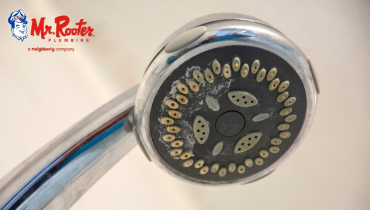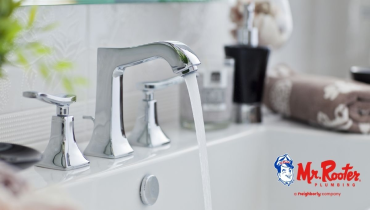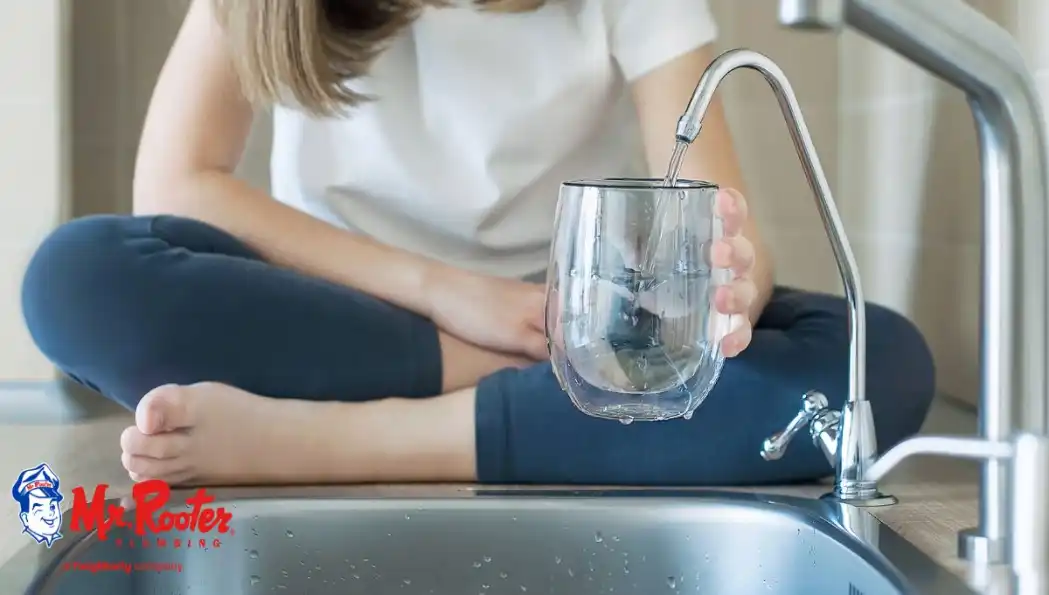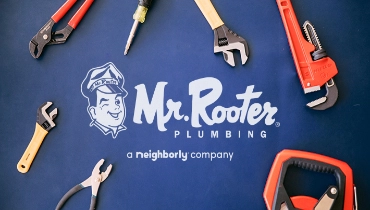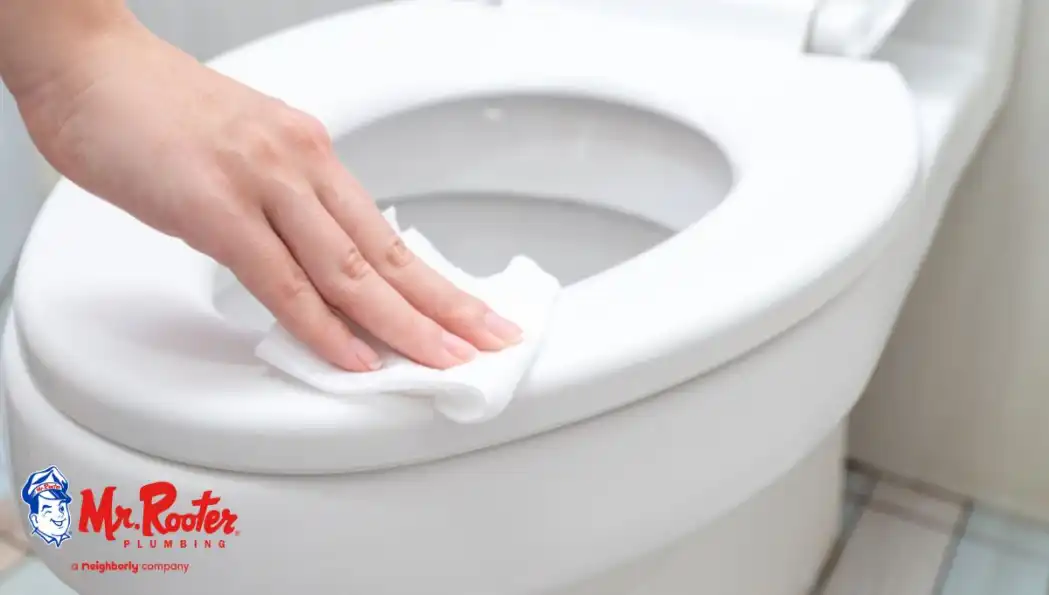If you're like most homeowners, you probably take for granted that your shower head will always work properly.
Learn moreOur Southeast Wisconsin Plumbing Blog
Shared Resources for Your Home Needs
All Blogs
You go to turn on the bathroom faucet only to jump back in surprise when the water begins spitting and spurting out rather than its usual steady stream.
Learn moreIt's that time of year again when the cold weather starts to set in and we all have to start taking precautions to prevent burst pipes.
Learn morePlumbing Upgrades You’ll LoveThe holidays are a time for giving, and your plumbing system wants to get in on the gifts this
Learn moreSeasonal Plumbing Issues to be Aware OfWinter is a tough time for your plumbing. Between the freezing temperatures and increased u
Learn moreHave you ever walked into your bathroom only to see a puddle of water surrounding a dripping wet toilet? Wet or "sweating&quo
Learn moreBlog Categories
Let Us Call You
Blog Categories
About Mr. Rooter Plumbing

Since the original Mr. Rooter was founded in 1970, the company has remained committed to a set of core values that are rooted in performing quality work at honest prices. Nearly half a century later, the original Mr. Rooter business is still servicing homes and businesses in and around Oklahoma City. It’s still independently owned and operated with strong ties to the community that made it all possible.
